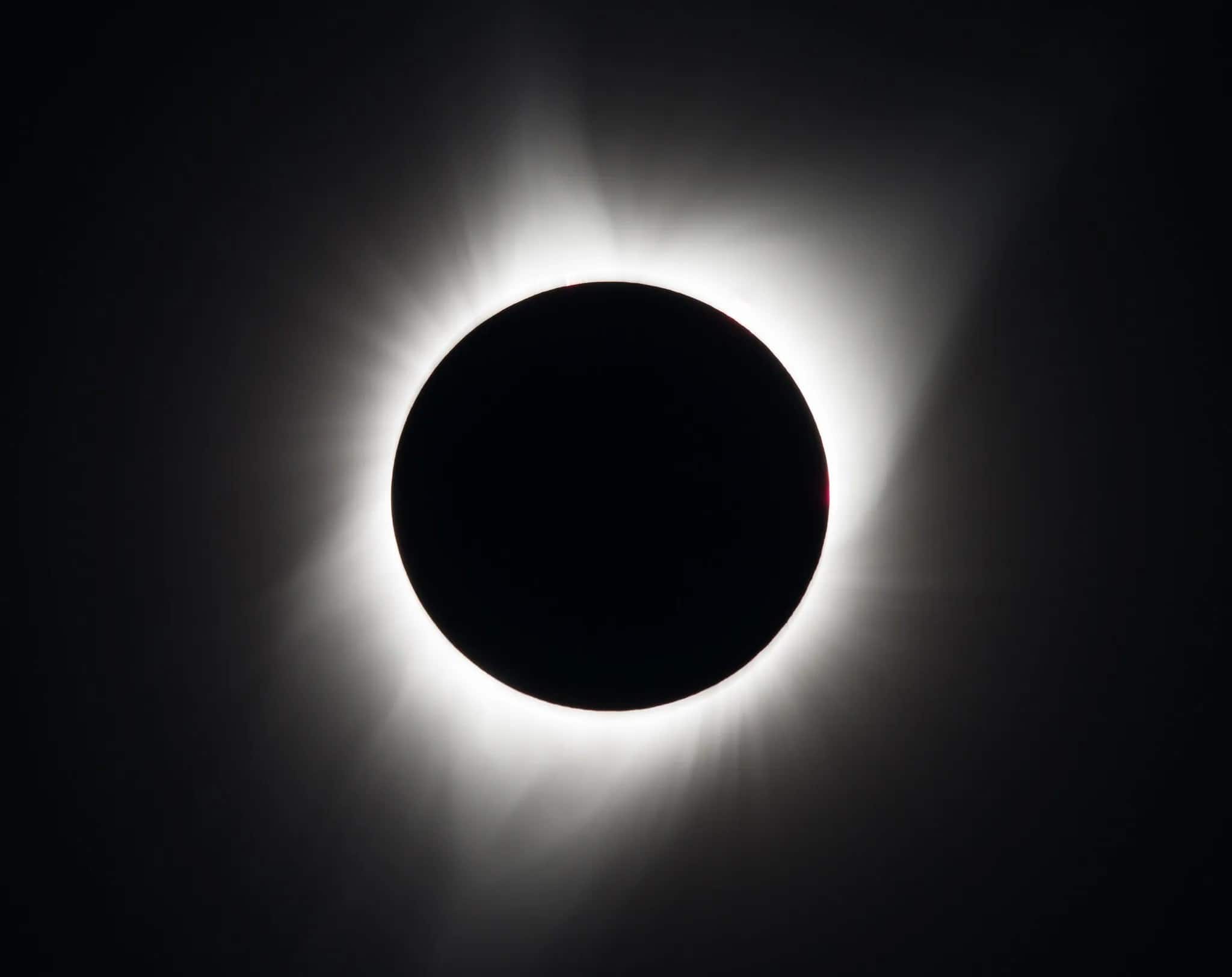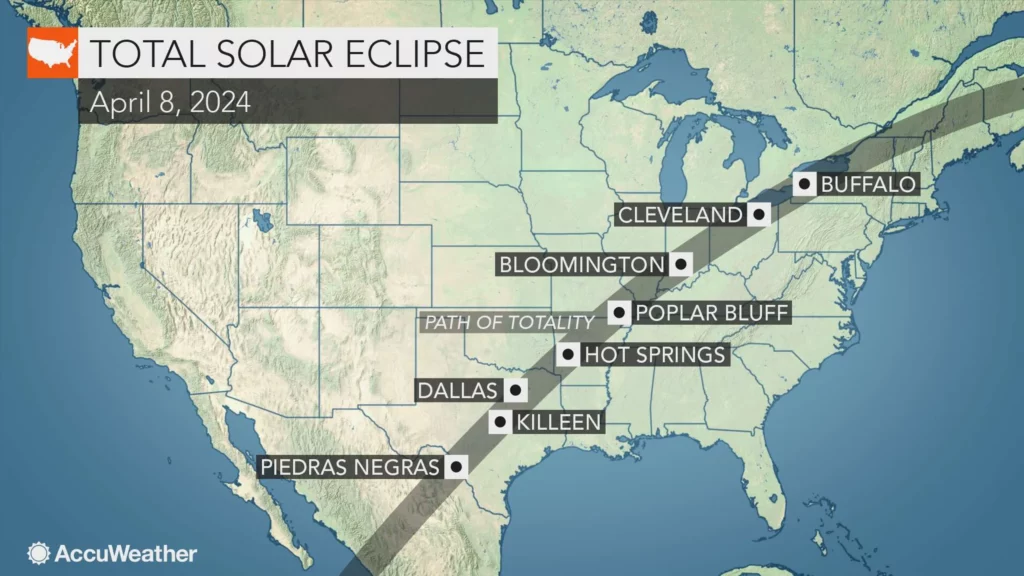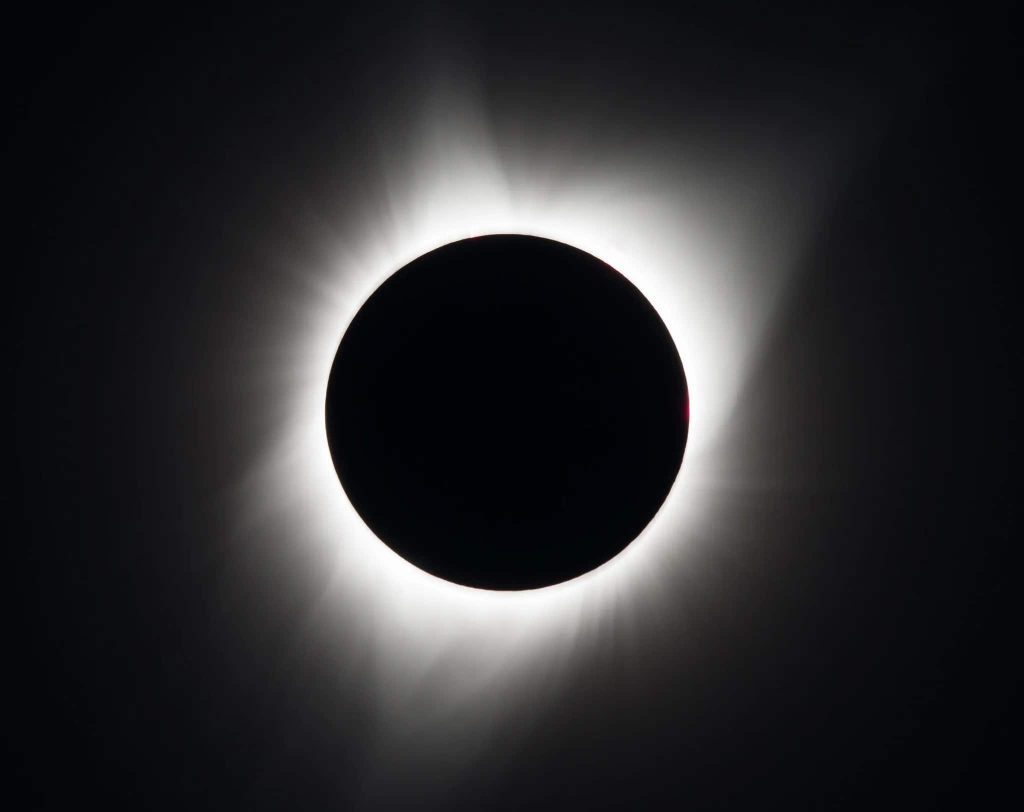
On April 8, North America will see a total solar eclipse. While many are excited, scientists are warning about a potential increase in fatal car crashes. This concern stems from a study that linked the last eclipse in 2017 to a rise in traffic fatalities.
During the previous eclipse, there was an extra person involved in a vehicle crash about every 25 minutes, and one more crash fatality every 95 minutes. We have no good reason to think we won’t see a similar increase this time as well.
Danger data
While most people in the eclipse's path are careful with eye safety, researchers in Canada want to draw attention to the heavy and dangerous traffic during this event. The problem isn't the sudden darkness, but the rush of people traveling to and from the observation sites, resulting in tragic accidents.
The researchers, led by Dr. Donald Redelmeier, a professor at the University of Toronto, studied data from the National Highway Traffic Safety Administration’s Fatality Analysis Reporting System, which records all fatal traffic crashes on public roads in the U.S. They looked at a three-day window around the August 21, 2017 eclipse and compared the numbers to crash data from three-day windows a week before and a week after the eclipse.
The total solar eclipse on August 21, 2017, was visible along a path about 70 miles wide, and within a 300-mile drive for one-third of all U.S. residents. An estimated 20 million Americans traveled to different cities to see the eclipse, greatly increasing road traffic.
Redelmeier and his team used an official U.S. Navy calculator to figure out the timing of crashes in relation to the eclipse's peak moment, based on the latitude and longitude of each incident. During the three days surrounding the eclipse, 741 people were involved in fatal crashes, compared to 1,137 during the six control days.
A surprising risk beyond sunburned retinas
Redelmeier observed that on eclipse days, there were just over 10 traffic-related deaths per hour, compared to the usual average of slightly less than eight deaths per hour. This signifies a 31 percent increase in traffic risk around the eclipse time, similar to spikes on the 4th of July or Christmas. The researchers didn’t have data on non-fatal car crashes, but it’s reasonable to assume there would be more minor accidents as well.
The researchers said it's hard to blame the increased traffic risks on the sudden changes in lighting. Instead, the significant increase in traffic volume is likely the main cause. They also mentioned other potential factors, such as traveling on unfamiliar roads, speeding to reach destinations on time, distractions caused by the rare celestial event, impairment due to drugs or alcohol from eclipse celebrations, and unsafe roadside eclipse viewing practices.
Most accidents occurred within a two- to four-hour drive from the path of totality. The researchers emphasized that the greatest danger occurs not when the journey begins but two to four hours into the drive.
Driving Safely in the Eclipse’s Shadow

In the future, the path of totality for the upcoming total eclipse on April 8 — expected to last 3-4 minutes — will probably involve even more people. Many people heard how awesome the 2017 eclipse was and you can bet they won’t want to miss this one. Expect traffic jams lasting over a dozen hours in the biggest hot spots, so exercise caution.
In light of these findings, the study’s authors stress the importance of following basic road safety practices. Recommendations include sticking to speed limits, minimizing distractions, using signals for turns and lane changes, never driving while impaired, and wearing seat belts. In other words, the same basic rules we all need to follow on any day at the wheel — this time, even more so.
The new findings appeared in the journal JAMA Internal Medicine.
Was this helpful?
Related Posts
- Grizzly bears back on the endangered list
- North Carolina to jail anyone who discloses fracking chemicals
- Scientists zoom in on more realistic plant-based meat substitutes
- Teens are convinced to forgo junk food in favor of healthy eating if this means ‘sticking it to the man’









